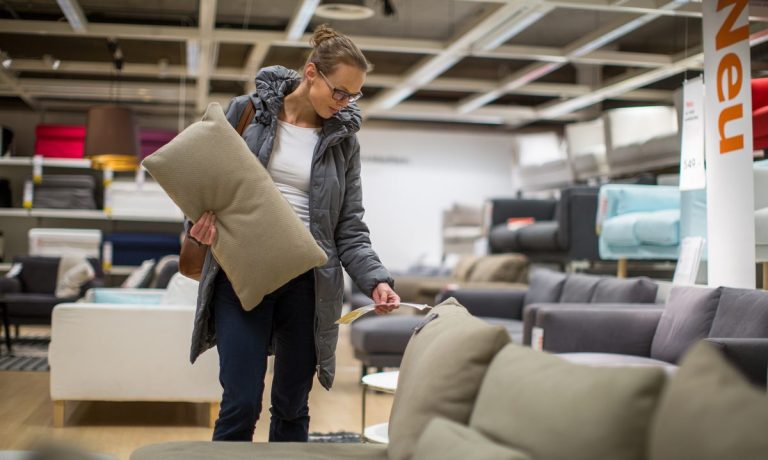Study: 58% of Durable Goods Buyers Used Financing or Lease-to-Own

When it comes to buying durable goods, many consumers see just two options before them: going without things that could be necessities, or taking on insecure debt.
But there’s a third option for these shoppers: lease-to-own purchasing, a method that lets consumers buy the goods they need with flexible, pay-over-time options.
PYMNTS, in collaboration with lease-to-own company Katapult, decided to examine how this practice can give consumers more financial flexibility when purchasing durable goods.
We found that 62% of American consumers have purchased durable goods in the past year, and of that number, nearly 58% used financing or leasing programs for at least one purchase. Twenty-eight percent of respondents financed all their durable goods purchases, while 30% of them financed some but not all such acquisitions.
Our research also showed that age and income are two of the most important factors influencing consumer use of alternative financing options for durable goods. Bridge millennials, millennials and Generation X consumers are most likely to seek financing for all of their purchases, with around 32% of respondents across these generations doing so.
In addition, our research also found that two-thirds of consumers prefer to shop at traditional retail stores. About half of these respondents said this was because traditional retailers are more trustworthy and offer lower prices. Consumers also tend to believe that traditional retailers offer higher-quality goods, with 40% of respondents saying this is why they frequent these stores rather than lease-to-own merchants.
More than one-quarter of respondents said they would not purchase durable goods from a traditional retailer that didn’t offer lease-to-own options. Sixteen percent said simply they would not make the purchase, and 10% would find a lease-to-own store and attempt to make the purchase there.
For a closer look at our findings, download The Lease-to-Own Secret: Giving Consumers Control Over Durable Goods Purchases, a PYMNTS and Katapult collaboration.